#Giuliano D'Arrigo
Text

"And the angel being come in, said unto her: Hail, full of grace, the Lord is with thee: blessed art thou among women."
Lk. 1:28 Douay-Rheims Bible.
Artwork: Giuliano D'Arrigo (Italian, ca. 1367-1446), The Angel of the Annunciation.
#Catholicism#Holy Mary Mother of God#jesus#Immaculate Conception#annunciation#Blessed Virgin Mary#new testament#saint luke gospel#douay rheims bible#holy scripture#religion#full of grace#bible quotes#Giuliano D'Arrigo
25 notes
·
View notes
Text

RockUnPop
Genere: indie italiano
Città di provenienza: Roma
Nome originale: Daniele Di Tommaso
Classe: 1985
Particolare, eclettico, profondo
INTRO
RockUnPop è una crew musicale sorta a Roma nel 2015. La loro musica è
composta e interpretata da Daniele Di Tommaso, che si affida ad una crew di
musicisti composta da Riccardo Sindona, Claudio D'Arrigo, Marco Pistone, Dario
Troisi, Fabio Garzia, Giuliano Giulio, Vincenzo Vicaro, Paolo Del Duca, e il
produttore Abbey Rocchi Studios di Roma. I loro brani si definiscono per un'ardita
commistione di stili che variano dal Pop al Rock, fino a toccare ritmiche del
raggaeton e ska. Il genere cantautorale resta tuttavia una solida costante nei loro
brani, così come la forte ispirazione al vissuto personale d' autore.
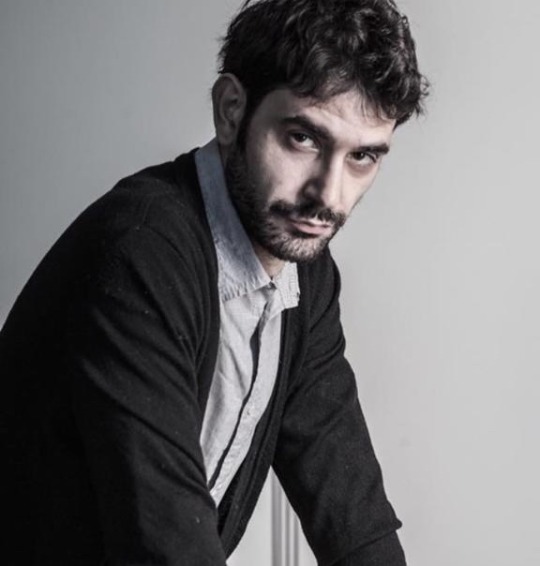
BREVE BIO
Ormai sono vent'anni che Daniele scrive brani, ma è solo da 2014 che ha iniziato il
fortunato progetto RockUnPop. Sono stati pubblicati due singoli e a Novembre 2020
verrà pubblicato il terzo. In produzione sta già lavorando alla prima raccolta di brani,
e nel frattempo è impegnato anche con la crew a dare vita alla seconda raccolta.
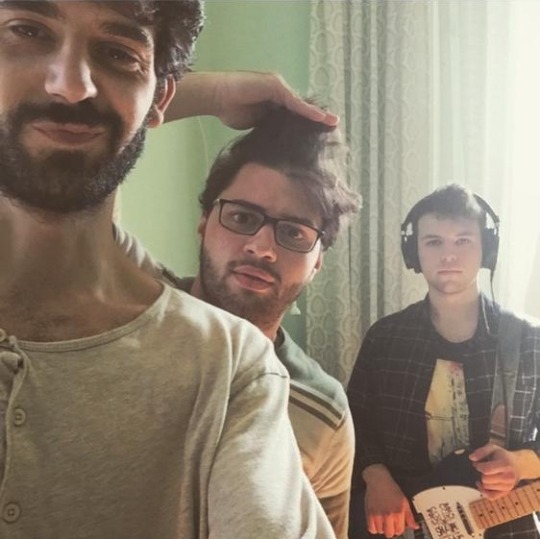
QUESTO È ROCKUNPOP
Lo stile musicale si rifà a svariate influenze musicali. Indubbiamente autori come
Guccini e Gaber sono stati di forte ispirazione per la stesura dei testi. Significativi
sono stati anche gruppi musicali del calibro degli Aqua, dei Jetho, dei Trull, e degli
Abba. La sua è in generale una costante ricerca tra scrittura pensata e ritmo allegro.
RockUnPop ha avuto modo di esibirsi in molti live fino al 2019, partecipando tra
l'altro a Spaghetti Unplugged. Ha saputo anche distinguersi al Festival Uauemo di
Latina, aggiudicandosi il primo posto.
La crew è disponibile a fare live, seppur preferendo non allontanarsi troppo dalla loro
città, Roma.

Link e contatti di RockUnPop:
Instagram:
https://instagram.com/rockunpop?igshid=e0kzyk45mpe4
Spotify:
Facebook:
https://www.facebook.com/Rockunpop
YouTube:
La redazione di Artist_Advisor
0 notes
Photo
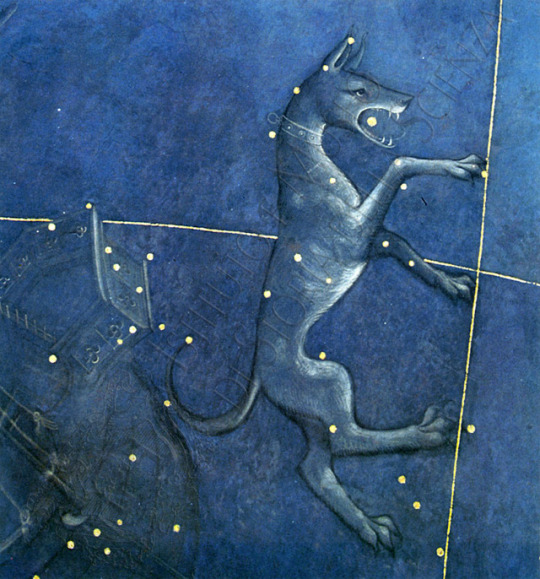
Giuliano d'Arrigo detto il Pesello, L'emisfero celeste di San Lorenzo, post 1442: il Cane Maggiore - Firenze sagrestia vecchia
18 notes
·
View notes
Text
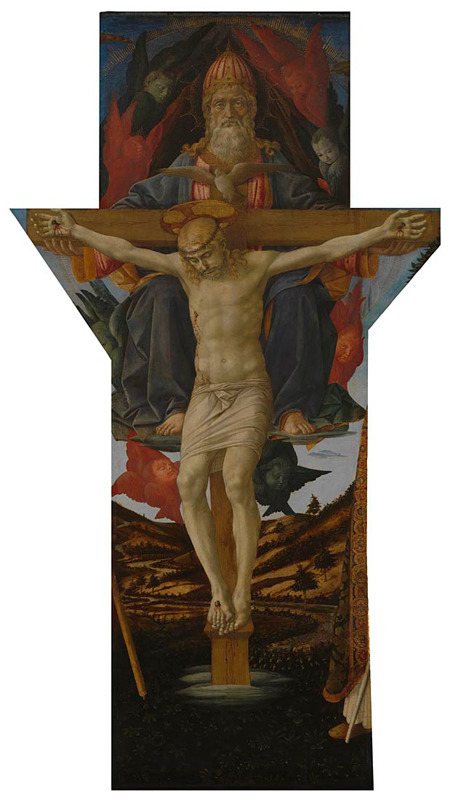


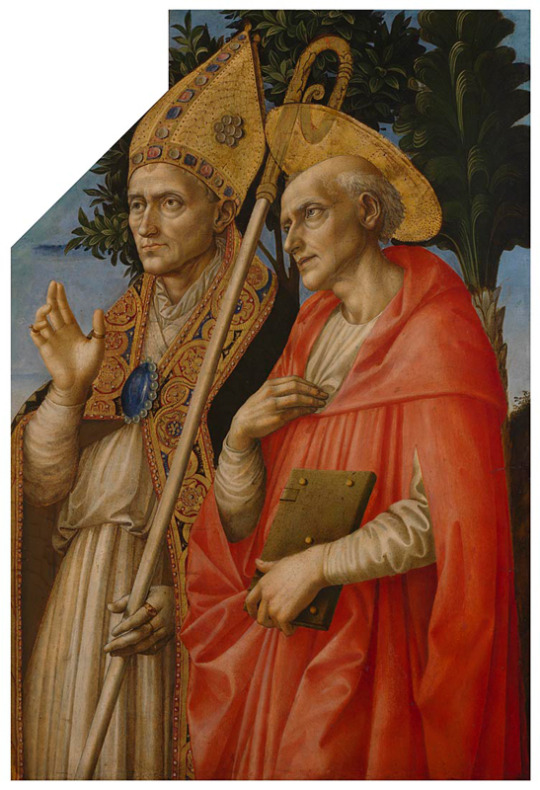


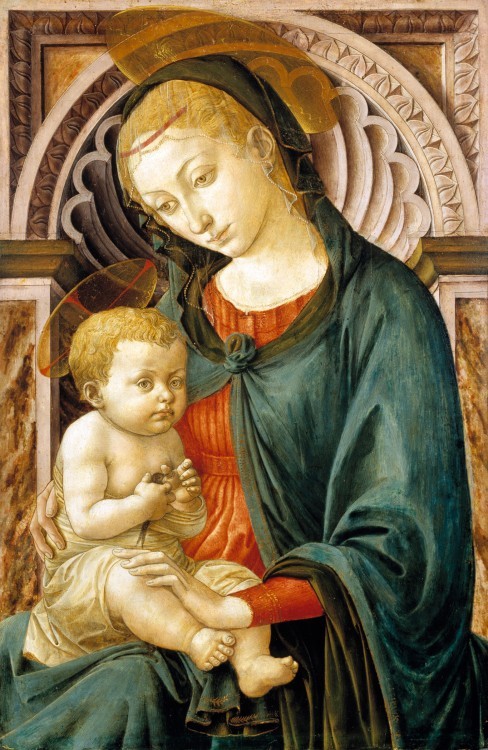




By: Amy Fredrickson
Florentine painter Francesco di Stefano, known as Pesellino, died on 29 July 1457. While his oeuvre is small, he made an indelible impact on the iconography, which was popular in fifteenth-century Florence. Scholars believe his name is a derivative of his grandfather’s name, Giuliano d'Arrigo, who was called “Pesello.” Pesellino most likely began his training in his grandfather’s workshop, before his association with Fra Filippo Lippi (1406-1469).
Even in 1447, it is evident in archival records that Pesellino was still working in his grandfather’s shop. In 1448, Pesellino was on the registry of the confraternity, called Compagnia di San Luca. In 1453, Piero di Lorenzo di Pratese and Zanobi di Migliore joined Pesellino and established their workshop on Corso degli Adimari. In 1455, Pesellino’s workshop was commissioned to execute an altarpiece dedicated to the Holy Trinity for the church of Compagnia dei Preti in Pistoia. Before Pesellino’s death in 1457, the altarpiece was almost finished. Domenico Veneziano and Fra Filippo Lippi were both consulted on the altarpiece; however, Lippi finished the commission. During the seventeenth-century the painting was dismantled; however, the National Gallery in London has since reunited its pieces.
Vasari describes another altarpiece in the Medici Chapel in the Florentine church of Santa Croce. Fra Flippo Lippi executed this altarpiece, yet Vasari claims that Pesellino also worked on this commission. Both the Uffizi Gallery and the Louvre hold predella panels of this separated altarpiece. According to Vasari, the painting was commissioned around 1445, which provides further evidence of the date Pesellino started working with Fra Fillipo Lippi. Vasari also noted that Pesellino sought inspiration in the works of Fra Angelico. The panels show that Pesellino was emulating the style of the Fra Angelico’s most recent Florentine paintings. This altarpiece and the panels in the National Gallery of London were painted a decade a part, and show the progression of Pesellino’s short career.
While his altarpieces are the only proper attributions, his workshop is known for its production of Madonna and Child paintings. The Isabella Stewart Gardner Museum, in Boston, holds a Virgin and Child with a Swallow, that dates to the mid-1450s. Pesellino’s workshop was highly productive, in the fact that artists copied paintings for private devotional use in Florentine homes. The Madonna and Child iconography became common due to the workshops production methods. From the 1450s to the end if the fifteenth-century, a studio near both Pesellino and Lippi reproduced thirty-eight-panel paintings with this iconography. The images were created using a mechanical transfer method. The artists would employ stencil cartoons, and then they rubbed the stencils with charcoal dust. The artists modeled the figures and drapery to provide stylistic differences after the completion of their drawings. However, the underlying structure of the painting’s figures and composition is similar. During the fifteenth century, the half-length imagery of the Virgin and Child was prevalent in Florentine houses. Patrons regarded Pesellino’s work like Luca delle Robbia and Lippi, who also produced artwork depicting half-length Virgin and Child iconography.
Sadly, Pesellino died at the age of thirty-five. Pesellino’s style shows that he absorbed the style of Fra Filippo Lippi, and his work was a precursor to the styles of Antonio del Pollaiuolo and Verrocchio who had highly productive careers in Florence.
References
Adorno, Francesco, and Walter Darwell. The World of Renaissance Florence. (Florence: Giunti, 2005) p. 328.
Boskovits, Miklós, and David Alan Brown, et al. Italian Paintings of the Fifteenth Century. (Washington: National Gallery of Art, 2003)
Basking, Cristelle, "'Rare and Wonderful' Marriage Pictures," in Eye of the Beholder, ed., Alan Chong et al. (Boston: ISGM and Beacon Press, 2003): pp. 64-67.
Holmes, Megan, "Virgin and Child with a Swallow," in Eye of the Beholder, ed., Alan Chong et al. (Boston: ISGM and Beacon Press, 2003), p. 49.
"Pesellino, Francesco di Stefano detto il nell'Enciclopedia Treccani." Nell'Enciclopedia Treccani. Accessed July 25, 2017. http://www.treccani.it/enciclopedia/francesco-di-stefano-detto-il-pesellino/.
Further Reading
Gordon, Dillian, “The' missing predella panel of Pesellino’s Trinity altarpiece”, Burlington Magazine, Vol. 138, No. 1115 (February 1996), pp. 87-88.
Hendy, Philip, “Pesellino,” Burlington Magazine, Vol. 53, No. 305, (August 1928), pp. 66-69 and 72-74.
Images
Pesellino, Fra Filippo Lippi, and workshop, The Trinity from The Pistoia Santa Trinità Altarpiece, fresco, 1555-60, The National Gallery of London
Pesellino, Fra Filippo Lippi, and workshop, Angel (Right) from from The Pistoia Santa Trinità Altarpiece, fresco, 1555-60, The National Gallery of London
Pesellino, Fra Filippo Lippi, and workshop, Angel (Left) from from The Pistoia Santa Trinità Altarpiece, fresco, 1555-60, The National Gallery of London
Pesellinio Fra Filippo Lippi, and workshop, Saints Zeno and Jerome from The Pistoia Santa Trinità Altarpiece, fresco, 1555-60, The National Gallery of London
Pesellinio, The Story of David and Goliath, tempera on panel, c. 1445-1455, The National Gallery of London
Pesellinio, The Triumph of David , tempera on panel, c. 1445-1455, The National Gallery of London
Virgin and Child with a Swallow, tempera on panel, mid 1450s, The Isabella Stewart Gardner Museum, Boston
The Triumphs of Love, Chastity, and Death, tempera and gold on panel, c. 1450, The Isabella Stewart Gardner Museum
The Triumphs of Fame, Time, and Eternity, tempera and gold on panel, c. 1450, The Isabella Stewart Gardner Museum
The Crucifixion with Saint Jerome and Saint Francis, tempera on panel, c.1445-1450, The National Gallery of Washington
Madonna and Child with Six Saints, tempera and gold on panel, c 1440s, The Metropolitan Museum of Art
#Pesellino#florence#renaissance#santacroce#pistoia#holytrinity#italian renaissance#isabella stewart gardner museum#nationalgalleryoflondon#giorgio vasari#nga#madonna and child#Florentine art#the metropolitan museum of art
107 notes
·
View notes
Photo
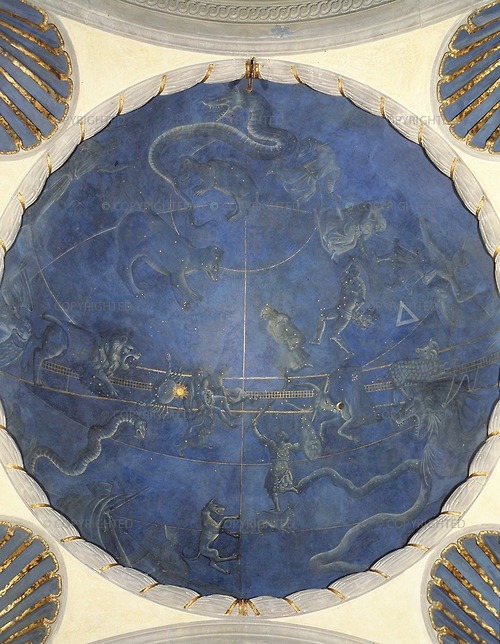
Giuliano d’Arrigo, known as “il Pesello” (1367-1446)
Northern hemisphere, 1442-1446, Florence, San Lorenzo, Old Sacristy
63 notes
·
View notes
Photo
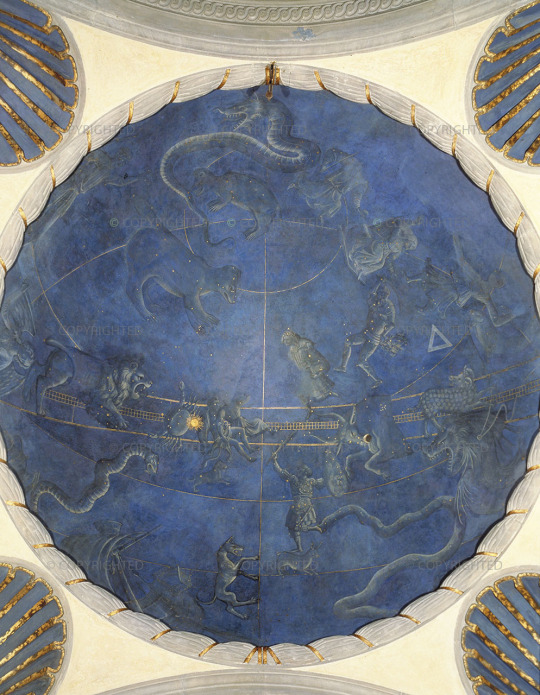
Giuliano d'Arrigo, known as "il Pesello" (1367-1446)
Northern hemisphere, 1442-1446
Florence, San Lorenzo, Old Sacristy
Full-size replica
Opera Laboratori Fiorentini
This fresco shows the night sky over Florence as it looked on 4 July 1442, marking René d'Anjou's propitious arrival in the city. The artist probably relied on Paolo dal Pozzo Toscanelli's astronomical advice.
http://brunelleschi.imss.fi.it/galileopalazzostrozzi/object/GiulianoDArrigoKnownAsPeselloNorthernHemisphere.html
101 notes
·
View notes